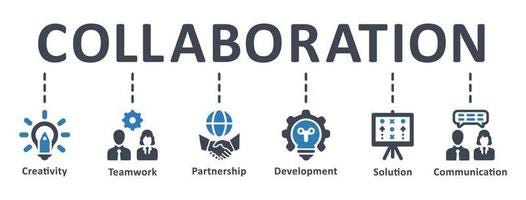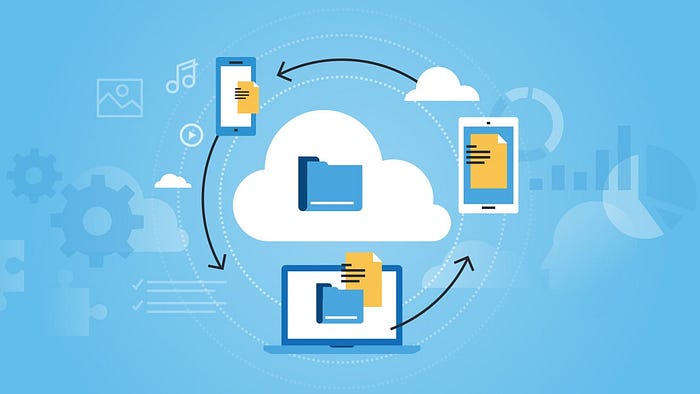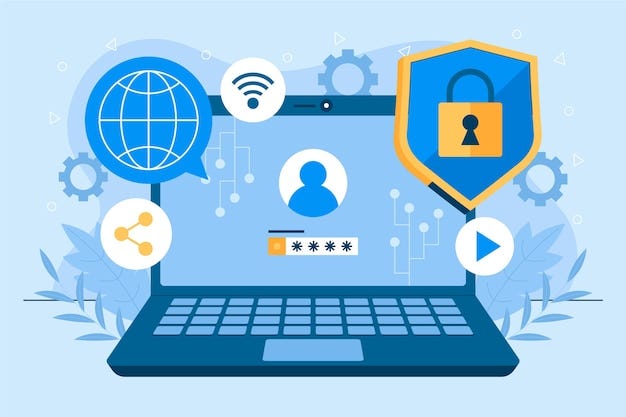Remote Work Essentials: Tools and Tips for Success

With the onslaught of remote work, days are gone when companies required their workers to come to their offices daily. While working from home may not always be the most helpful and productive way to work, it offers much flexibility for efficient collaboration and effective task management. Working remotely requires the right tools and strategies that one must implement in order to succeed. In this blog, we will explore the must-have remote work tools, along with some actionable tips for getting things done.The Importance of Remote Work Preparedness
The Importance of Remote Work Preparedness
Remote work isn’t merely about logging in from home; it’s about creating a functional, productive, and collaborative workspace, no matter where you are.
Having proper tools in place enables seamless communication, task management, and data security. Equally important, having the right habits and best practices allows you to focus, be efficient, and partner with your team.
A well set up system elevates remote work from mere convenience to becoming a powerful way to strike a professional and personal balance.

Remote Work Toolkit: Essential Tools for Success
Let’s dive into the key categories of tools you need to stay organized, productive, and connected while working remotely.
1. Project Management Tools
Remote teams thrive on clear structure and collaboration, making it possible to manage tasks and projects using collaborative tools. The project management tool is the heart of the team, where work can be assigned to someone, the status tracked, deadlines set, and communication facilitated.
Here are some top suggestions:
- TeamCamp: A modern project management tool for remote teams, enabling task tracking, collaboration, and goal setting, direct from our blog on Best Project Management Tools for Remote Teams.
- Trello: It is the Kanban board-based visual task management tool, perfect for organizing workflow.
- ClickUp: A feature-rich platform that brings task tracking, team collaboration, and time management into one place
- Asana: Great for project planning, tracking individual contributions, and ensuring deadlines are met.
2. Communication and Collaboration Tools

Strong communication is the cornerstone of remote work success. When in-person discussions are off the table, virtual communication tools step in to bridge the gap.
Popular options include:
- Slack: Offers instant messaging, file sharing, and app integrations to keep teams connected.
- Zoom: Ideal for video conferencing, webinars, and team meetings.
- Microsoft Teams: A versatile communication tool combining chat, video calls, and Office 365 integrations.
- Google Workspace (Google Meet, Chat, etc.): Provides seamless collaboration across Gmail, Docs, and Meet.
3. Time Management and Productivity Tools

Working from home comes with its fair share of distractions. Time management tools can help you focus, stay organized, and make the most of your day.
Top time management tools include:
- Toggl Track: Helps you monitor how much time you spend on tasks.
- Focus@Will: A productivity app that combines neuroscience and music to improve focus.
- RescueTime: Tracks your daily activities to provide insights into how you spend your time.
- Clockify: A free time-tracking app that helps you keep tabs on billable hours.
4. File Storage and Sharing Tools

In a remote setup, sharing and storing documents securely is crucial for smooth workflows. Cloud storage solutions make it easy to access files anytime, anywhere.
Some reliable options include:
- Google Drive: Offers free storage and real-time collaboration on documents.
- Dropbox: A cloud storage platform with file syncing and sharing capabilities.
- OneDrive: Microsoft’s cloud solution that integrates with Office applications.
- Box: A secure option for file sharing and collaboration, often used by enterprises.
5. Cybersecurity and Privacy Tools

When working remotely, safeguarding sensitive data and ensuring secure connections is critical. Cybersecurity tools help protect your devices and online activities from potential threats.
Key tools include:
- VPNs (Virtual Private Networks): Services like NordVPN or ExpressVPN encrypt your internet connection, protecting your data.
- Password Managers: Tools like LastPass or 1Password help manage secure credentials for all your accounts.
- Antivirus Software: Options like Bitdefender or Kaspersky ensure your devices are protected from malware.
- Two-Factor Authentication (2FA): Many platforms, including Google and Microsoft, offer built-in 2FA options for added security.
6. Wellness and Focus Tools

Burnout is a common challenge in remote work. Wellness and focus tools help you maintain mental and physical well-being while staying productive.
Examples include:
- Headspace or Calm: Meditation apps to manage stress and enhance focus.
- Stretchly: A tool that reminds you to take regular breaks during long work hours.
- Habitica: A gamified app to help you build better habits and stay motivated.
Tips for Thriving in Remote Work
Having the right tools is half the battle — developing productive habits and a balanced routine is equally important. Here are some practical tips for remote work success:
1. Set Clear Boundaries
Define your working hours and communicate them with your team and family. This helps prevent overwork and ensures time for personal life.
2. Create a Dedicated Workspace
Set up a quiet and distraction-free area to work. A proper desk and ergonomic chair can improve posture and productivity.
3. Leverage Automation
Use automation tools like Zapier to integrate apps and reduce repetitive tasks, freeing up more time for critical work.
4. Overcommunicate
In remote work, it’s better to communicate too much than too little. Provide frequent updates on tasks, ask questions, and keep the team in the loop.
5. Take Regular Breaks
Follow the Pomodoro Technique or simply take short breaks to recharge. Stretch, hydrate, or step outside for fresh air.
6. Upskill Yourself
Use online platforms like Coursera or LinkedIn Learning to develop new skills relevant to your job. Remote work often requires tech-savvy professionals.
Frequently Asked Questions (FAQs)
1. What are the most important tools for remote work?
Essential tools include project management platforms like TeamCamp or Trello, communication tools like Slack or Zoom, and file-sharing solutions like Google Drive or Dropbox.
2. How can I stay motivated while working remotely?
Set daily goals, use productivity tools, and maintain a dedicated workspace. Also, ensure regular breaks and focus on self-care to prevent burnout.
3. How do I improve collaboration in remote teams?
Use tools like Slack for communication, Zoom for meetings, and project management software like Asana or ClickUp to ensure clarity and teamwork.
4. How do I maintain work-life balance in a remote setup?
Define clear working hours, create a separate workspace, and make time for hobbies, family, and relaxation.
5. How do I ensure data security while working remotely?
Use VPNs, enable two-factor authentication, and use antivirus software to protect your devices. Store files securely on trusted cloud platforms.
Author detail:
by Pratham Naik ( Project Manager , Content writer )

Comments
Post a Comment